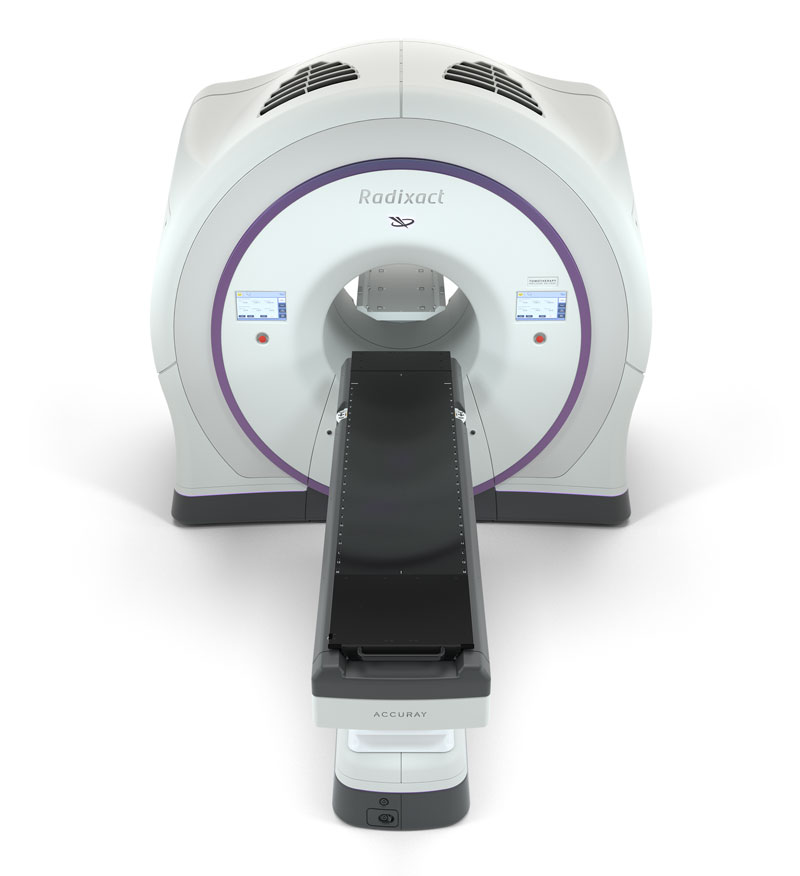References:
1 Bruni A, Gaito S, Ciarmatori A, et al. Radiosurgery Using Tomotherapy for Patients with Brain Oligo-metastasis: A Retrospective Analysis on Feasibility and Tolerance. Anticancer Res. 2015 Dec;35(12):6805-12. PMID: 26637900.
2 Barra S, Agostinelli S, Vagge S, et al.Radiosurgery with Helical Tomotherapy: Outcomes for Patients with One or Multifocal Brain Metastasis. Technol Cancer Res Treat. 2015 Dec;14(6):693-9.
3 Koide Y, Tomita N, Adachi S, et al. Retrospective analysis of hypofractionated stereotactic radiotherapy for tumors larger than 2 cm. Nagoya J Med Sci. 2019 Aug;81(3):397-406.
4 Nagai A, Shibamoto Y, Yoshida M, et al. Treatment of single or multiple brain metastases by hypofractionated stereotactic radiotherapy using helical tomotherapy. Int J Mol Sci. 2014 Apr 22;15(4):6910-24.
5 Boulle G, Bracci S, Hitchcock K, et al. Treatment of grade II-III intracranial meningioma with helical tomotherapy. J Clin Neurosci. 2019 Jan;59:190-196.
6 Donato V, Caruso C, Bressi C, et al. Evaluation of helical tomotherapy in the treatment of high-grade gliomas near critical structures. Tumori. 2012 Sep-Oct;98(5):636-42.
7 Sun Y, Liu G, Chen W, et al. Dosimetric comparisons of craniospinal axis irradiation using helical tomotherapy, volume-modulated arc therapy and intensity-modulated radiotherapy for medulloblastoma. Transl. Cancer Res. 2019;8.
8 Sugie C, Shibamoto Y, Ayakawa S, et al. Craniospinal Irradiation Using Helical Tomotherapy: Evaluation of Acute Toxicity and Dose Distribution. Technol. Cancer Res. Treat. 2011;10:187–195.
9 Mesbah L, Matute R, Usychkin S, et al. Helical tomotherapy in the treatment of pediatric malignancies: a preliminary report of feasibility and acute toxicity. Radiat. Oncol. 2011;6:102.
10 Koca T, Basaran H, Sezen D, Karaca S, Ors Y, Arslan D, Aydin A. Comparison of linear accelerator and helical tomotherapy plans for glioblastoma multiforme patients. Asian Pac J Cancer Prev. 2014;15(18):7811-
11 Chan M, Schupak K, Burman C, Chui C, Clifton Ling C. Comparison of intensity-modulated radiotherapy with three-dimensional conformal radiation therapy planning for glioblastoma multiforme. Medical Dosimetry. 28(4);261-5.
